As the manufacturing industry has continuously advanced, the technology of EVA (Ethylene-Vinyl Acetate) injection molding has experienced significant development and innovation over the past few decades.
Being a versatile and cost-effective material processing method, EVA molding has become an indispensable manufacturing process in numerous industries.
In the following article, we will delve into the technical intricacies and application areas of eva injection molding, unveiling the mystery behind this complex technology.
What Is EVA?
EVA, short for Ethylene Vinyl Acetate Copolymer, is a polymer compound formed by the copolymerization of ethylene and vinyl acetate through a high-pressure bulk polymerization process.
EVA is the fourth largest ethylene series polymer following HDPE, LDPE, and LLDPE.
Compared to polyethylene (PE), EVA introduces vinyl acetate monomers into the molecular chain, reducing the high crystallinity and enhancing toughness, impact resistance, filler compatibility, and heat sealability.
Generally, the properties of eva resin largely depend on the content of vinyl acetate in the molecular chain.
EVA materials can be used as plastics when the content of vinyl acetate is less than 20%.
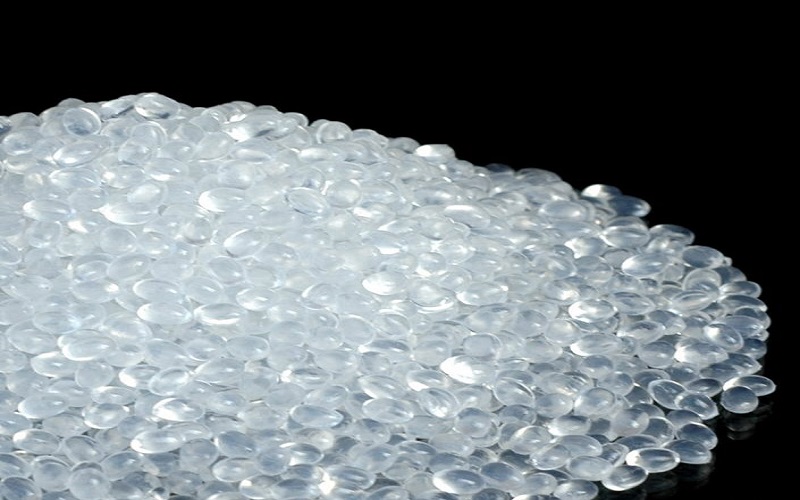
What Are The Properties Of EVA Material?
Firstly, EVA is amorphous plastic, non-toxic, specific gravity is 0.95g/cm3 (lighter than water).
Its products have poor surface gloss, good elasticity, low mechanical strength, and are easy to process and mold.
Secondly, as an ethylene-based product, EVA is chemically stable, with the VA (vinyl acetate) groups in its molecules providing oxidation resistance and chemical corrosion resistance.
Therefore, EVA materials are overall chemically stable and, to a significant extent, resistant to corrosion from seawater, greases, acids, and alkalis.
Due to these properties, EVA has a long lifespan and is antibacterial, non-toxic, odorless, and non-polluting, making it a rare environmentally friendly material.
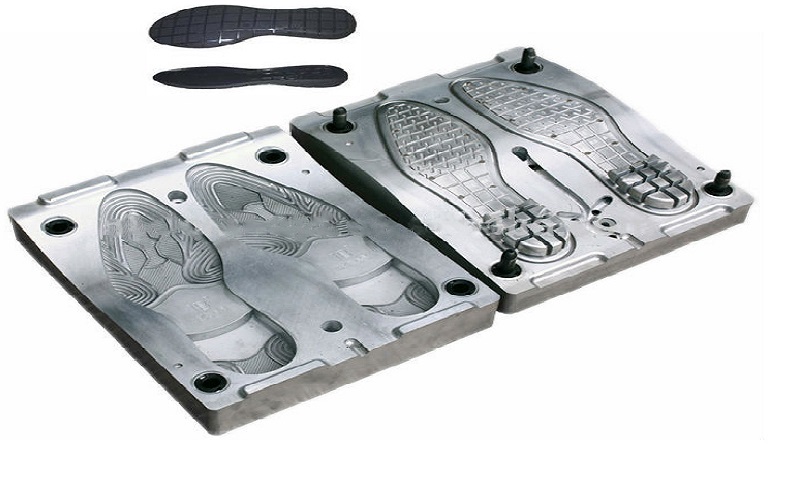
What Are The Advantages Of EVA Injection Moulding ?
EVA injection molding, as an advanced manufacturing technology, leverages the unique physical and chemical characteristics of EVA, bringing multifaceted advantages.
Due to the special arrangement of EVA molecular chains and the control of crystallinity, EVA resin co-blended foam products exhibit excellent softness and elasticity.
They can be bent and stretched without easily breaking, making them adaptable to various shapes and requirements in many fields.
Furthermore, compared to other plastic molding processes, EVA injection moulding is highly efficient in production, capable of rapidly producing a large volume of products, thereby reducing the cost per unit.
Additionally, EVA injection molds have higher precision and better sealing capabilities, allowing for the production of more complex architectural products.
However, there are some challenges and limitations to EVA molding.
Due to its high melting point, EVA material is prone to defects such as air bubbles and shrinkage holes during the injection molding process.
Therefore, suitable measures need to be taken to avoid these problems.
In addition, the EVA injection molding process places high demands on the molds, which need to have good thermal conductivity and abrasion resistance, as well as precise geometry and finish.
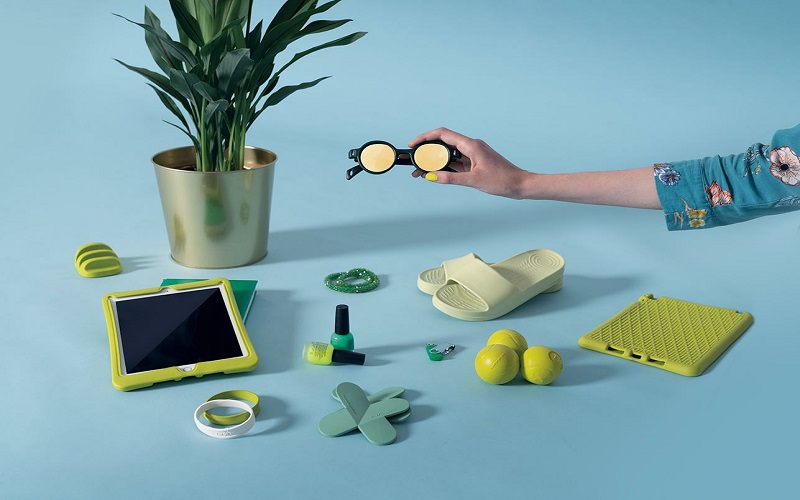
Conditions For Successful EVA Injection Molding
Injection molding EVA is a common processing technique, where EVA pellets are heated, melted, and then injected into a mold to cool and form the desired shape of the product.
However, to ensure the success of EVA injection molding process, several key conditions must be met to ensure quality and efficiency in the production process.
The specific injection conditions can be referred to in the following table:
EVA Injection Molding Process Parameters Table | |||
Drying Temperature | 40~50℃ | Drying Time | 2~4h |
Mold Temperature | 30~40℃ | Barrel Temperature | 150~180℃ |
Injection Pressure | 600~800kg/cm² | Shrinkage Rate | 0.7~2% |
✮Precautions
- The molding processing temperature for EVA is low (160-200°C) and has a wide range.
The mold temperature is also low (30-40°C). Therefore, the material should be dried before processing (drying temperature 45°C).
- During EVA processing, mold temperature and material temperature should not be too high, otherwise, the surface will be rough (not smooth).
- EVA products tend to stick to the front mold. It is better to make the sprue and cold slug well in a pull-tab style.
- Temperature exceeding 250°C can lead to decomposition.
- It is advisable to process EVA products under the conditions of “low temperature, medium pressure, and medium speed.”
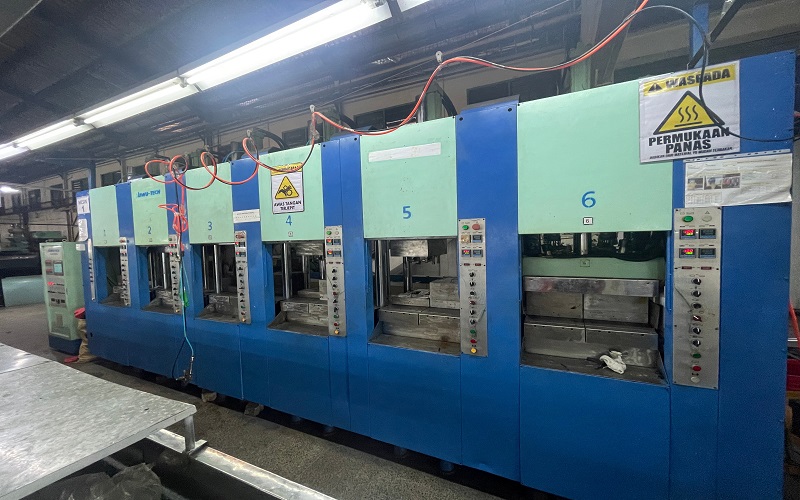
Applications For Injection Molded EVA
Indeed, leveraging its unique performance advantages, injection-molded EVA (Ethylene Vinyl Acetate) products have penetrated numerous application fields, becoming highly favored in the realm of injection molding.
Footwear
In the realm of footwear manufacturing, shoe materials represent one of the primary applications for EVA (Ethylene Vinyl Acetate) in China.
Due to the properties of EVA products, they are widely used in the soles and insoles of mid to high-end travel shoes, hiking boots, slippers, and sandals.
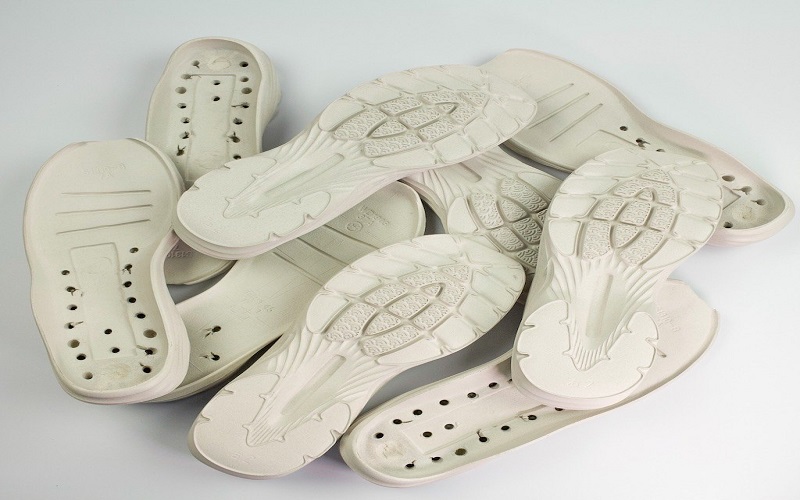
Sports Equipment
In the sports industry, the shock-absorbing properties of EVA make it an ideal choice for sports protective gear.
It is generally used to manufacture various protective equipment, such as helmets, pads, as well as yoga mats and sports mats.
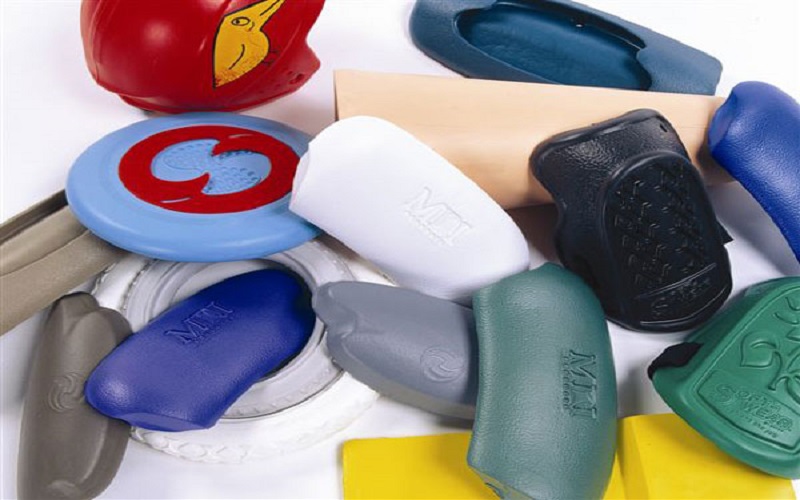
Consumer Goods
In daily life, various bags, electronic device protective cases, and flotation devices can leverage the lightweight and buoyant properties of EVA.
Tablet or smartphone cases made using this technology not only absorb the impact of drops but also prevent scratching and damage to the devices.
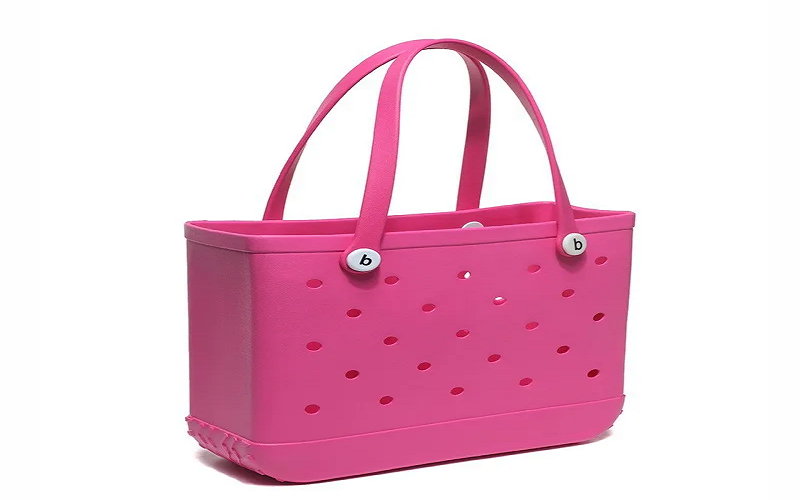
Toys and Children’s Products
In the realm of children’s toys, the safety (non-toxicity) and softness of EVA materials make them a popular choice.
EVA injection-molded parts are commonly used to create foam puzzles and play mats, among other baby products
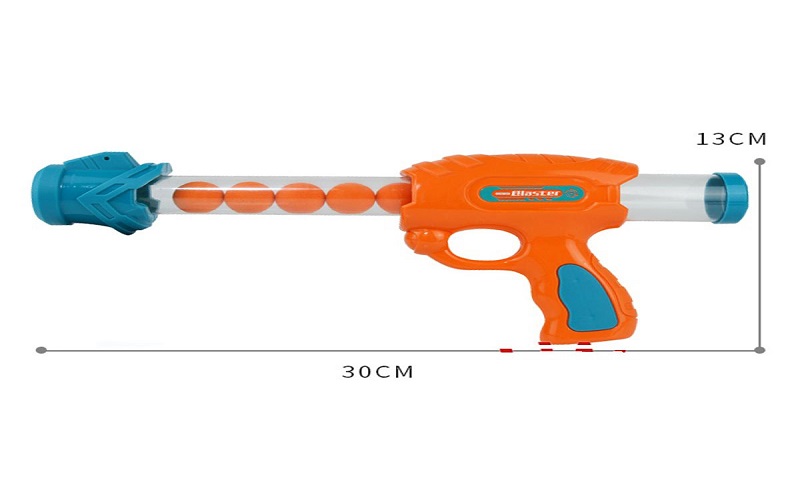
Identification of EVA injection molding and EVA foam molding
The EVA foam molding process is a widely used technology in the manufacture of foam products.
It involves controlling parameters such as temperature, pressure, and speed to inject molten EVA material into a mold, where a foaming reaction occurs, creating products with a foam structure.
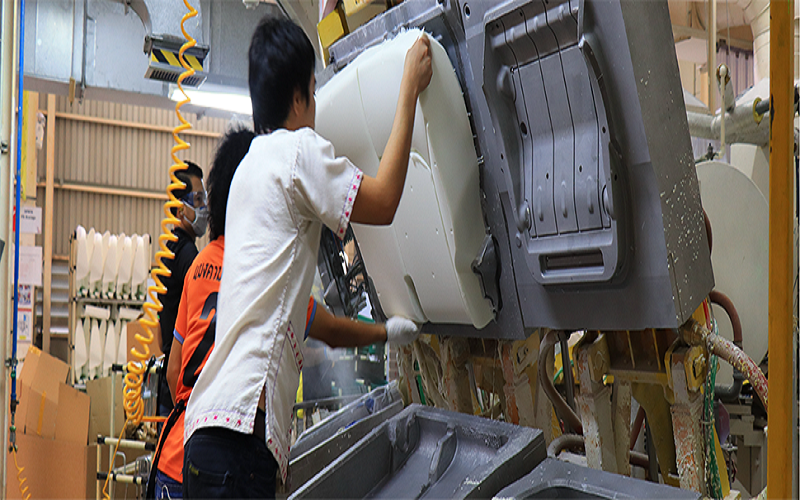
On the other hand, EVA molding is a process where molten EVA resin is injected into a mold under high pressure, producing solid, dense products.
These products typically have a uniform texture and are harder and more rigid compared to foam products, making them suitable for applications that require structural strength and rigidity, such as durable shoe soles, automotive parts, and robust consumer goods.
Products from EVA injection moulding usually have a smooth, fine surface and higher density, as they do not contain air bubbles or foam cells.
In contrast, EVA foam moulding includes the use of a foaming agent to create a honeycomb-like structure inside the EVA material during the molding process.
This results in lighter products with a sponge-like foam structure, offering better cushioning and insulation properties.
They are commonly used in applications requiring cushioning or insulation, such as sports equipment (e.g., yoga mats, protective pads), shoe insoles, toys, and packaging materials.
Due to the foam molding process, these products may have a rougher surface texture and lower density, as they contain air bubbles or foam cells.
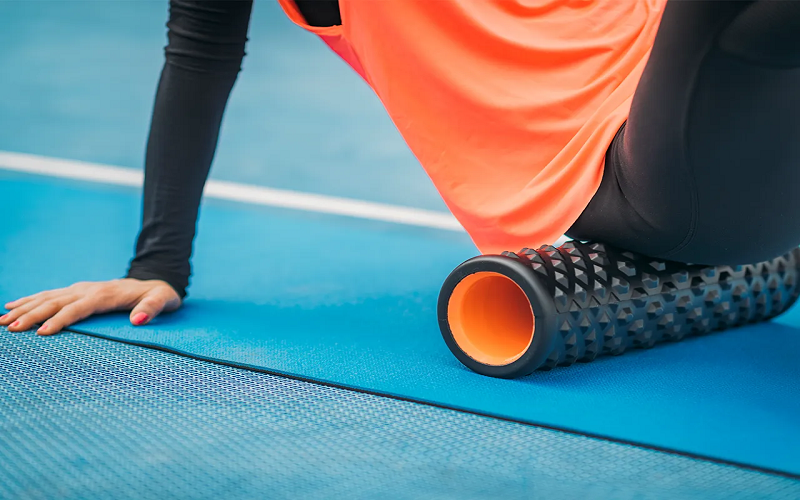
Conclusion
In summary, EVA injection molding is an efficient and versatile manufacturing process, widely used in producing a variety of durable and structurally robust products.
From functional shoe soles to everyday consumer goods, EVA material demonstrates its significant position and extensive application in modern manufacturing.
If you wish to learn more about EVA injection and foam molding processes, please contact us.
FOWMOULD will provide you with expert guidance and customized injection molding solutions.
